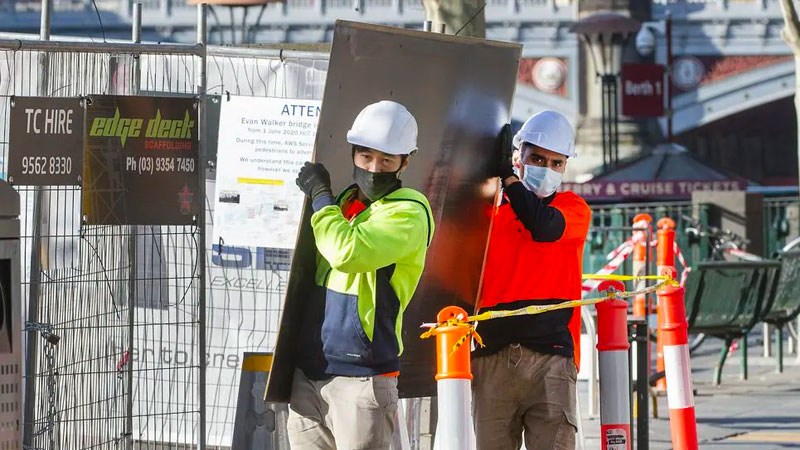Strict stage-four restrictions announced for Melbourne on Monday to curb the spread of Covid-19 will now limit workers to no more than 25 per cent of their usual total.
AI Group head of policy Peter Burn said the renewed restrictions will have a material impact at a national level in the coming period and will have particularly severe consequences for activity and employment.
“Even before the new restrictions were announced, the immediate outlook for the sector was weak with new orders falling again in July,” Burn said.
“Further policy measures will be required to stem a longer wave of job losses and business closures.”
The restrictions—set for a six-week period—could now potentially unleash a wave of claims between builders asking their clients for extensions of time to complete work as well as developers making liquidated damages claims.
Construction employs 300,000 people—about 8.5 per cent of the Victorian workforce—and represents 13 per cent of the state’s economy.
According to recent FTI forecasts, the fall off in construction jobs in Victoria will see employment in the sector reduced to 275,000 in 2021, down from 337,000 in 2019.
The forecasts also highlighted that job losses will be much more pronounced for tradespeople and low-skilled workers in the construction sector out to 2024 than for highly-skilled workers.










